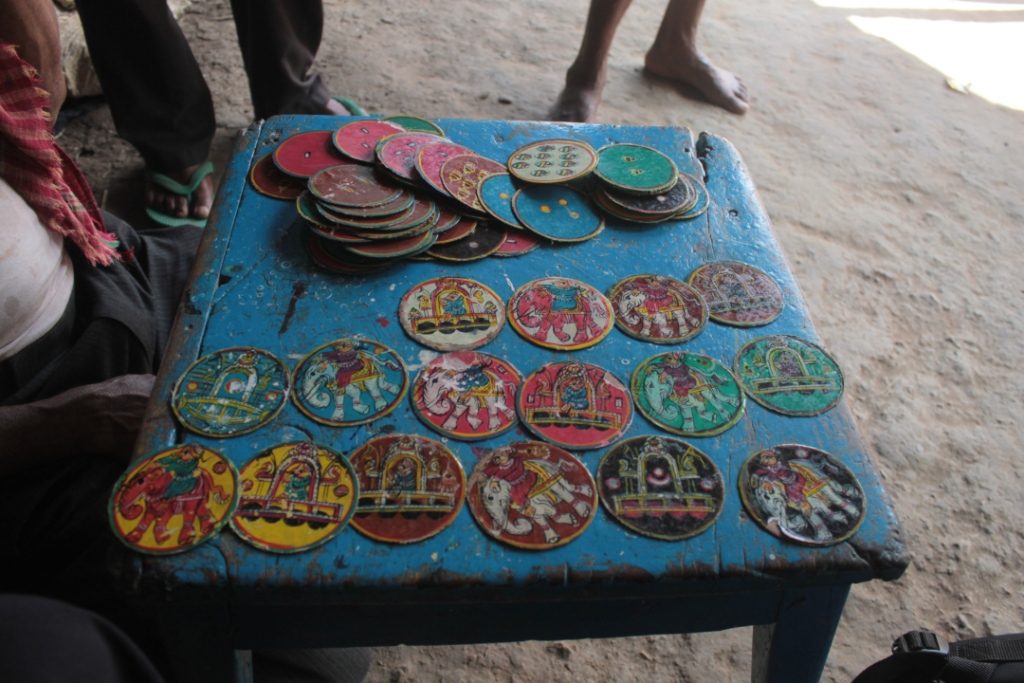BHUBANESWAR: The game of Ganjifa Cards is a must for locals in Ganjam and Gajapati districts and Paralakhemundi during festivals and the monsoon. This game reflects their joys and sorrows, and enables them to escape to another world.
The amazing round cards were called ‘Sara’ by locals, but history says that Ganjifa or Ganjapā, was imported from Persia by the Mughals in the 16th century. Interestingly, like Ganjam, Puri also has a history of Ganjifa Card games which is played by locals at various places inside the city.
But now this game exists only in Paralakhmundi’s cousin town Badakhmundi or Digapahandi in Odisha’s Ganjam district, 25 km away from Berhampur.
During the last 500 years, Digapahandi came under various cultural influences. The influence of the Jagannath Cult of Puri had been its founding stone in the 16th century when a branch of the Gajapati clan started ruling the Khemundi territory from Paralakhemundi.
Orissa Post talked to Lakshmidhar Mahapatra about the cards, and he said, “We play the cards the way royals do, and it’s our Maharaja who used to play it. Although the current generation digs into smart phones, we still play cards or Sara to enjoy ourselves.”
Historian Jitu Mishra said, “From my research, I have come to know that these cards were introduced by the Mughals and it’s the eight colours variety which is more popular here compared to the Dasavatara cards played in Puri. It seems that these Aatha Ranga cards were first used by Emperor Akbar to enjoy himself.”
The cards have a crown or Taj, silver coin or tanka or money, document or Barat, shamsher known as sword, gold coin or Ashrafi, merchandise or Gimah and servant or ghulam.
The Ganjifā card game was perhaps introduced here by the Mughals as there is no tradition of playing Dasavatara here, which is popular in Puri. Here eight colours (Atha Rangi) or Eight Suits cards are played traditionally.
Eight Suits cards were initiated by Emperor Akbar. These are Ghulam (servant), Taj (crown), Shamsher (sword), Asharfi (gold coin), Chang (harp), Barata (document), Tanka (silver coin) and Gimah (merchandise), Someswara, Barata (Mughal Barat). The other four colours are Surjya (Sun), Chandra (moon), Phula (flower) and Kumancha.
Apart from Ganjifa, three other games played traditionally in Digapahandi are Sun Cards played during the day and Moon Cards played at night. There is another game called Naksha in which cards are played and the defeated party starts distributing the next round of cards. At times, money is also used in Ganjifa Cards. Interestingly, Ganjifa is played only in Odisha.
